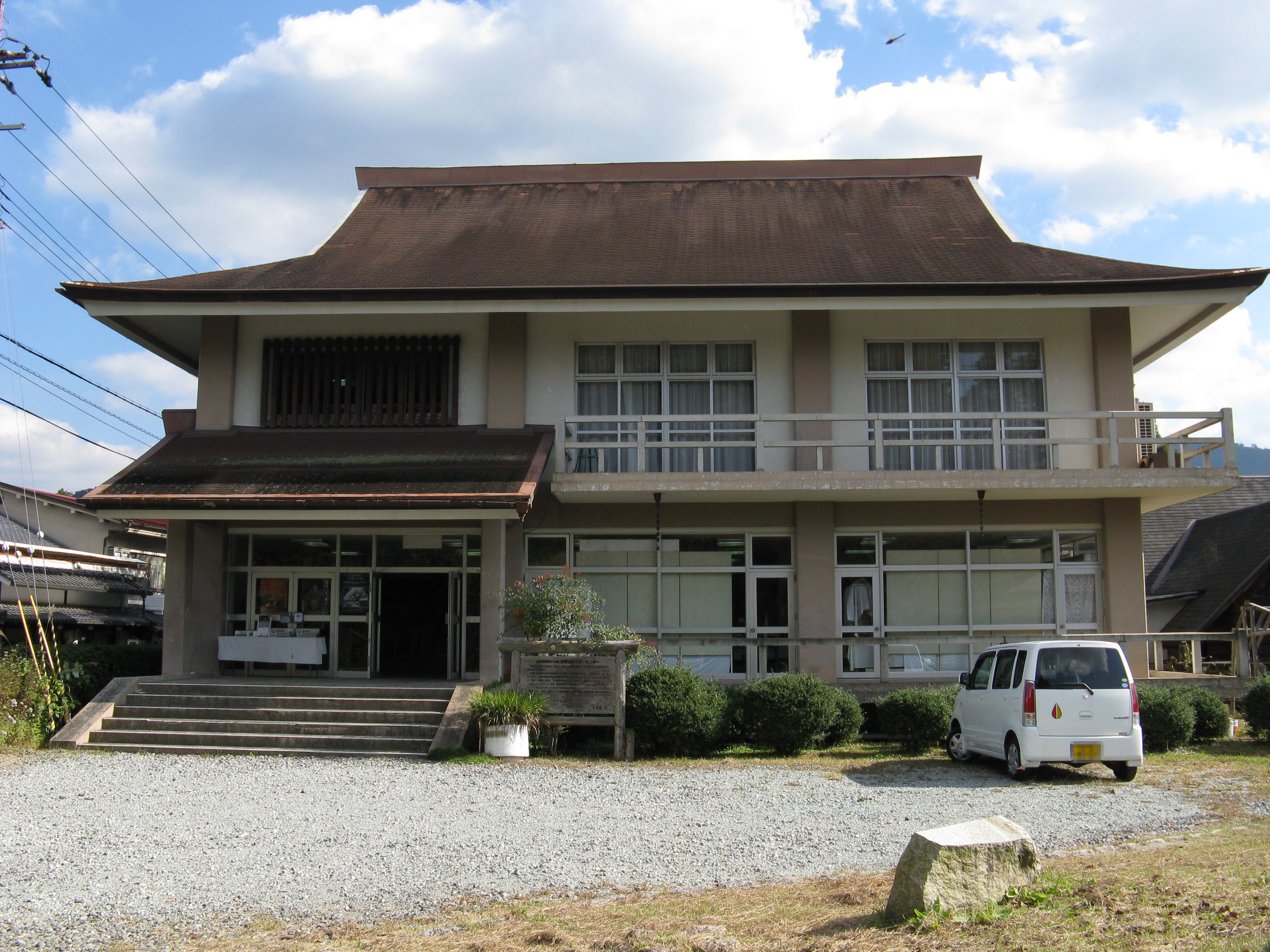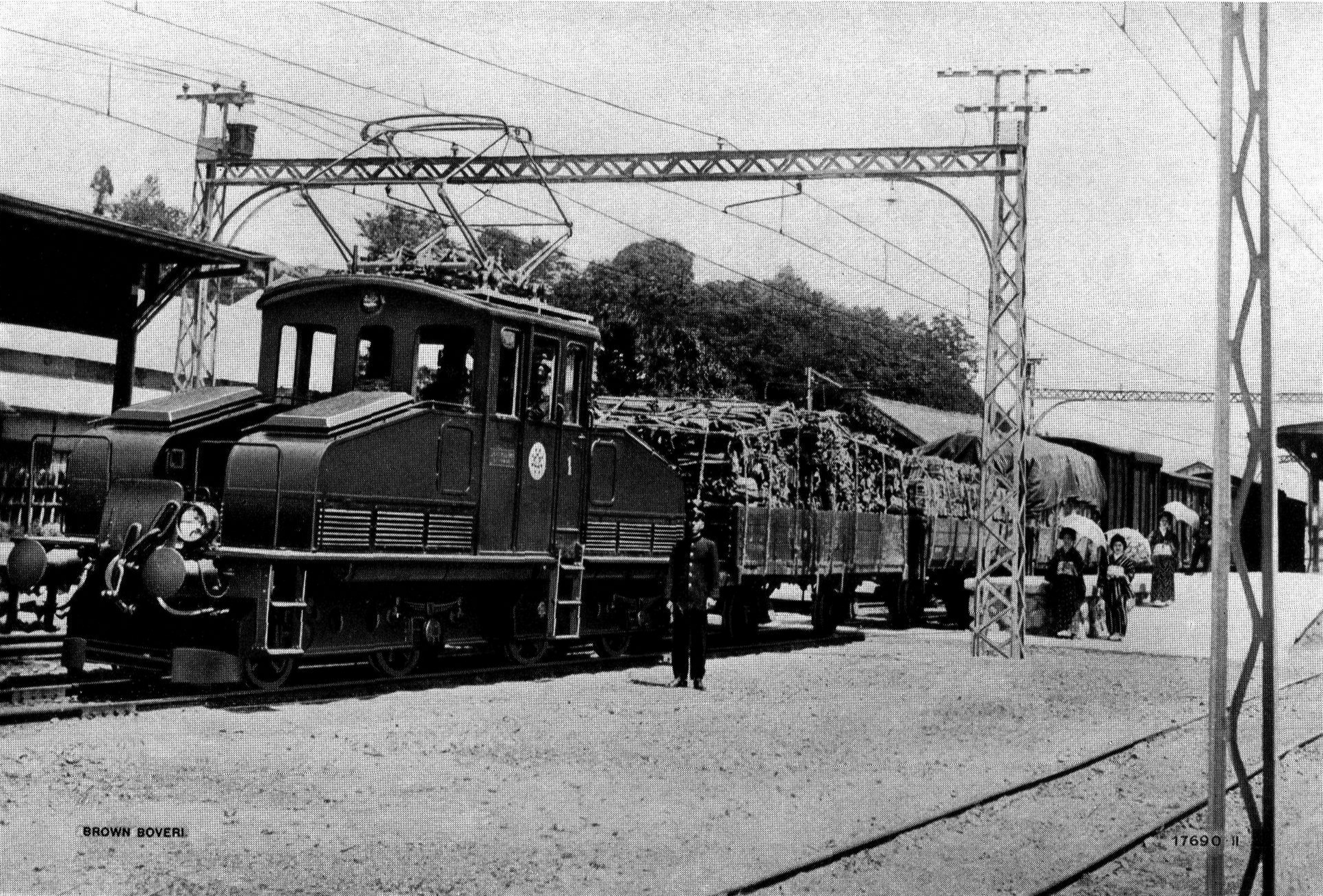|
Yoshino Station (Nara)
is the terminus on the Kintetsu Railway Yoshino Line in Yoshino, Yoshino District, Nara Prefecture, Japan. Lines * Kintetsu Railway ** Yoshino Line Platforms and tracks Connections * Yoshino Omine Cable's Yoshino Ropeway for Yoshinoyama Station * Yoshino Town Community Bus (''Smile Bus'') : for Mount Yoshino Surroundings *Yoshino Ropeway to Mount Yoshino (operated by Yoshino Ohmine Ke-buru Ropeway Bus Co.) *Kimpusen-ji *Chikurin-in * Yoshimizu Shrine *Tomb of Emperor Godaigo Emperor Go-Daigo (後醍醐天皇 ''Go-Daigo-tennō'') (26 November 1288 – 19 September 1339) was the 96th emperor of Japan,Imperial Household Agency (''Kunaichō'')後醍醐天皇 (96) retrieved 2013-8-28. according to the traditional order o ... *Nyoirun-ji *Sakuramotobo References External links * Railway stations in Japan opened in 1928 Railway stations in Nara Prefecture {{Nara-railstation-stub ... [...More Info...] [...Related Items...] OR: [Wikipedia] [Google] [Baidu] |
Kintetsu Railway
, referred to as , is a Japanese passenger railway company, managing infrastructure and operating passenger train service. Its railway system is the largest in Japan, excluding Japan Railways Group. The railway network connects Osaka, Nara, Kyoto, Nagoya, Tsu, Ise, and Yoshino. Kintetsu Railway Co., Ltd. is a wholly owned subsidiary of Kintetsu Group Holdings Co., Ltd. History On September 16, 1910, was founded and renamed a month after. Osaka Electric Tramway completed Ikoma Tunnel and started operating a line between Osaka and Nara (present-day Nara Line) on April 30, 1914. The modern Kashihara, Osaka, and Shigi lines were completed in the 1920s, followed by the Kyoto Line (a cooperative venture with Keihan Electric Railway). Daiki founded in 1927, which consolidated on September 15, 1936. In 1938, Daiki teamed up with its subsidiary to operate the first private railway service from Osaka to Nagoya. Another subsidiary Sankyū bought Kansai Express Electric Railway on Ja ... [...More Info...] [...Related Items...] OR: [Wikipedia] [Google] [Baidu] |
Commuter Rail
Commuter rail, or suburban rail, is a passenger rail transport service that primarily operates within a metropolitan area, connecting commuters to a central city from adjacent suburbs or commuter towns. Generally commuter rail systems are considered heavy rail, using electrified or diesel trains. Distance charges or zone pricing may be used. The term can refer to systems with a wide variety of different features and service frequencies, but is often used in contrast to rapid transit or light rail. Similar non-English terms include ''Treno suburbano'' in Italian, ''Cercanías'' in Spanish, Aldiriak in Basque, Rodalia in Catalan/Valencian, Proximidades in Galician, ''Proastiakos'' in Greek, ''Train de banlieue'' in French, '' Banliyö treni '' in Turkish, ''Příměstský vlak'' or ''Esko'' in Czech, ''Elektrichka'' in Russian, ''Pociąg podmiejski '' in Polish and ''Pendeltåg'' in Swedish. Some services share similarities with both commuter rail and high-frequency rapid ... [...More Info...] [...Related Items...] OR: [Wikipedia] [Google] [Baidu] |
Yoshino, Nara
is a town located in Yoshino District, Nara Prefecture, Japan. As of September 1, 2007, the town had an estimated population of 6,337 and a density of . The total area was . Geography The town of Yoshino is located in the northern portion of Yoshino District. Most of the area is mountainous, but the section along the Yoshino River is somewhat flatter and contains most of the town's roads, train tracks and houses. * Mountains: Yoshino Mountain * Rivers: Yoshino River * Lakes: Lake Tsuburo The most well-known area within the town is Yoshino Mountain, famous for its many thousands of sakura trees; much poetry has been written on the subject by several famous authors, including Chiyo and Uejima Onitsura. These flowering cherry trees were planted in four groves at different altitudes, in part so that the trees would be visible coming into bloom at different times in the spring. An account of Yoshino written in about 1714 explained that, on their climb to the top, travelers would be ... [...More Info...] [...Related Items...] OR: [Wikipedia] [Google] [Baidu] |
Nara Prefecture
is a prefecture of Japan located in the Kansai region of Honshu. Nara Prefecture has a population of 1,321,805 and has a geographic area of . Nara Prefecture borders Kyoto Prefecture to the north, Osaka Prefecture to the northwest, Wakayama Prefecture to the southwest, and Mie Prefecture to the east. Nara is the capital and largest city of Nara Prefecture, with other major cities including Kashihara, Ikoma, and Yamatokōriyama. Nara Prefecture is located in the center of the Kii Peninsula on Japan's Pacific Ocean coast, and is one of only eight landlocked prefectures. Nara Prefecture has the distinction of having more UNESCO World Heritage listings than any other prefecture in Japan. History Nara Prefecture region is considered one of the oldest regions in Japan, having been in existence for thousands of years, and is widely viewed as the Japanese cradle of civilization. Like Kyoto, Nara was one of Imperial Japan's earliest capital cities. The current form of Nara Prefec ... [...More Info...] [...Related Items...] OR: [Wikipedia] [Google] [Baidu] |
Yoshino Line
The is a railway line in Nara Prefecture, Japan, operated by the private railway operator Kintetsu Railway. It connects in Kashihara and in Yoshino. All Express and Limited Express trains continue to and from Ōsaka Abenobashi Station on the Minami Osaka Line. History The Co. opened the Yoshino - Muda section in 1912, and extended the line to Kashiharajingū-mae in 1923, electrifying the entire line at 1500 VDC at that time. Amongst the rolling stock were three Bo'Bo' goodtrain locomotives delivered from Brown, Boveri & Cie in Switzerland ). Swiss law does not designate a ''capital'' as such, but the federal parliament and government are installed in Bern, while other federal institutions, such as the federal courts, are in other cities (Bellinzona, Lausanne, Luzern, Neuchâtel .... In 1929 the company merged with the Osaka Electric Railway Co., which merged with Kintetsu in 1944. Freight services ceased in 1984, and CTC signalling was commissioned in 2001. Kintetsu ... [...More Info...] [...Related Items...] OR: [Wikipedia] [Google] [Baidu] |
Island Platforms
An island platform (also center platform, centre platform) is a station layout arrangement where a single platform is positioned between two tracks within a railway station, tram stop or transitway interchange. Island platforms are popular on twin-track routes due to pragmatic and cost reasons. They are also useful within larger stations where local and express services for the same direction of travel can be provided from opposite sides of the same platform thereby simplifying transfers between the two tracks. An alternative arrangement is to position side platforms on either side of the tracks. The historical use of island platforms depends greatly upon the location. In the United Kingdom the use of island platforms is relatively common when the railway line is in a cutting or raised on an embankment, as this makes it easier to provide access to the platform without walking across the tracks. Advantages and tradeoffs Island platforms are necessary for any station with many th ... [...More Info...] [...Related Items...] OR: [Wikipedia] [Google] [Baidu] |
Yoshino Ropeway
The is an aerial tramway in Mount Yoshino, Yoshino, Nara, Japan, operated by Yoshino Ōmine Kēburu Ropeway Bus Co., Ltd. This is the oldest surviving aerial lift line in the nation. The line opened on March 12, 1929, a year after Yoshino Railway, the current Kintetsu Yoshino Line, opened the railway line to Yoshino Station. The line uses two cabins, named ''Kaede'' (Maple) and ''Sakura'' (Cherry). The cabins have stair-like floors; the classical style that has become uncommon nowadays. Although the cabins and cables have been updated, the spans are still those constructed in 1928. The line is not only a sightseeing line to Mount Yoshino, but also a local transport for residents there. As such, there is a commuter pass available. Basic data *System: Aerial tramway, 2 track cables and 2 haulage ropes *Distance: *Vertical interval: *Maximum gradient: 27° *Operational speed: 2 m/s *Passenger capacity: 28 Services Cabins operate once every 30 minutes in most seasons. In the spri ... [...More Info...] [...Related Items...] OR: [Wikipedia] [Google] [Baidu] |
Train Station
A train station, railway station, railroad station or depot is a railway facility where trains stop to load or unload passengers, freight or both. It generally consists of at least one platform, one track and a station building providing such ancillary services as ticket sales, waiting rooms and baggage/freight service. If a station is on a single-track line, it often has a passing loop to facilitate traffic movements. Places at which passengers only occasionally board or leave a train, sometimes consisting of a short platform and a waiting shed but sometimes indicated by no more than a sign, are variously referred to as "stops", "flag stops", " halts", or "provisional stopping places". The stations themselves may be at ground level, underground or elevated. Connections may be available to intersecting rail lines or other transport modes such as buses, trams or other rapid transit systems. Terminology In British English, traditional terminology favours ''railway station' ... [...More Info...] [...Related Items...] OR: [Wikipedia] [Google] [Baidu] |
Yoshino District, Nara
is a district located in Nara Prefecture, Japan. In 2020, the district had an estimated population of 37,086 and a density of 18.05 persons per km2. The total area is 2,055 km2. On September 25, 2005, the villages of Ōtō and Nishiyoshino merged into the city of Gojō. Towns and villages * Ōyodo *Shimoichi *Yoshino * Higashiyoshino * Kamikitayama * Kawakami * Kurotaki * Nosegawa * Shimokitayama *Tenkawa *Totsukawa is a village located in Yoshino District, Nara Prefecture, Japan. It is the largest village in Japan in terms of area. As of January 2017, the village has an estimated population of 3,488 and a density of 5.2 persons per km2. The total area is ... References Districts in Nara Prefecture {{Nara-geo-stub ... [...More Info...] [...Related Items...] OR: [Wikipedia] [Google] [Baidu] |
Japan
Japan ( ja, 日本, or , and formally , ''Nihonkoku'') is an island country in East Asia. It is situated in the northwest Pacific Ocean, and is bordered on the west by the Sea of Japan, while extending from the Sea of Okhotsk in the north toward the East China Sea, Philippine Sea, and Taiwan in the south. Japan is a part of the Ring of Fire, and spans Japanese archipelago, an archipelago of List of islands of Japan, 6852 islands covering ; the five main islands are Hokkaido, Honshu (the "mainland"), Shikoku, Kyushu, and Okinawa Island, Okinawa. Tokyo is the Capital of Japan, nation's capital and largest city, followed by Yokohama, Osaka, Nagoya, Sapporo, Fukuoka, Kobe, and Kyoto. Japan is the List of countries and dependencies by population, eleventh most populous country in the world, as well as one of the List of countries and dependencies by population density, most densely populated and Urbanization by country, urbanized. About three-fourths of Geography of Japan, the c ... [...More Info...] [...Related Items...] OR: [Wikipedia] [Google] [Baidu] |
Mount Yoshino
is a mountain located in the town of Yoshino in Yoshino District, Nara Prefecture, Japan that is a major religious and literary site. It is renowned for its cherry blossoms and attracts many visitors every spring, when the trees are in blossom. In 2004, Mount Yoshino was designated as part of a UNESCO World Heritage Site under the name ''Sacred Sites and Pilgrimage Routes in the Kii Mountain Range''. Mount Yoshino is famous for having more than 30,000 sakura flowering cherry trees. These trees have inspired Japanese ''waka'' poetry and folk songs for centuries, including a ''waka'' in the 10th century poetry compilation ''Kokin Wakashū''. Yoshino is also the subject of several poems in the ''Ogura Hyakunin Isshu''. The 12th century CE Japanese Buddhist poet Saigyō writes of Mount Yoshino's cherry blossoms. Yoshino's cherry trees were planted in four groves at different altitudes, in part so they would come into bloom at different times of the spring. A 1714 account explained ... [...More Info...] [...Related Items...] OR: [Wikipedia] [Google] [Baidu] |






.jpg)